Stress-Free Spaces: Workplace Design Trends for Mental Wellness
Workplace design is no longer just about aesthetics and functionality. In the modern office, creating spaces that promote mental wellness has become a priority. Stress-free environments can boost productivity, creativity, and overall employee satisfaction, making them an essential component of any forward-thinking organisation. Here are the top workplace design trends aimed at fostering mental well-being.
1. Biophilic Design: Bringing Nature Indoors
Nature has a calming effect on the mind, and incorporating biophilic elements into office spaces can significantly reduce stress. Popular approaches include:
Adding indoor plants, green walls, or living ceilings.
Maximising natural light through large windows or skylights.
Using natural materials like wood, stone, and water features.
Biophilic design not only improves air quality but also creates a serene atmosphere that helps employees feel connected to the natural world.
2. Flexible and Multi-Functional Spaces
Flexibility in workspace design allows employees to choose environments that suit their tasks and moods. Trends include:
Quiet Zones: Designated areas for focus and relaxation, free from distractions.
Collaborative Spaces: Open areas that encourage teamwork and creativity.
Adjustable Furniture: Sit-stand desks, ergonomic chairs, and modular furniture that adapts to individual preferences.
These spaces empower employees to take control of their work environment, reducing stress and increasing comfort.
3. Mindfulness Rooms and Retreat Areas
Dedicated spaces for mindfulness and relaxation are becoming workplace essentials. These areas might feature:
Comfortable seating, soft lighting, and soothing colours.
Resources like meditation cushions, yoga mats, or guided mindfulness tools.
Soundproofing to create a quiet, calming environment.
Such spaces encourage employees to take short mental health breaks, helping them recharge during the workday.
4. Acoustic Comfort
Noise pollution is a common stressor in open-plan offices. To combat this, companies are investing in:
Acoustic panels and sound-absorbing materials.
Private pods or booths for phone calls and focused work.
White noise machines or soundscapes to mask disruptive background noise.
By reducing noise levels, these solutions create a more peaceful and productive atmosphere.
5. Colour Psychology in Design
The colours used in a workspace can significantly impact mood and stress levels. Current trends include:
Calming Colours: Shades of blue and green to promote relaxation and focus.
Energising Accents: Pops of yellow or orange to spark creativity and positivity.
Neutral Palettes: Soft greys and whites for a clean, uncluttered look.
Thoughtful use of colour can subtly influence emotional well-being and energy levels.
6. Technology-Free Zones
In a world dominated by screens, creating technology-free zones can provide employees with a much-needed mental break. Features of these areas might include:
Comfortable seating arrangements for conversations or reading.
Analog games or creative tools like sketchpads and puzzles.
Policies that encourage disconnecting from devices during breaks.
These spaces help employees recharge without the distractions of constant notifications.
7. Enhanced Break Areas
Traditional break rooms are being transformed into wellness-focused havens. Trends in break area design include:
Café-style seating and communal tables for social interactions.
Access to healthy snacks and hydration stations.
Outdoor patios or rooftop gardens for fresh air and natural sunlight.
These upgrades create inviting spaces where employees can unwind and connect with colleagues.
The Business Case for Stress-Free Spaces
Investing in workplace design that prioritises mental wellness is not just a nice-to-have—it’s a strategic move. Studies show that stress-free environments lead to:
Increased employee engagement and retention.
Reduced absenteeism and healthcare costs.
Improved creativity, focus, and overall performance.
By incorporating these trends into their workplaces, organisations can create environments that support both the mental well-being of their employees and the success of their business.
The Future of Workplace Wellness
As the importance of mental health continues to rise, stress-free spaces will become standard in workplace design. Companies that lead the way in adopting these trends will not only stand out as employers of choice but also foster a thriving, resilient workforce ready to tackle the challenges of the modern world.


